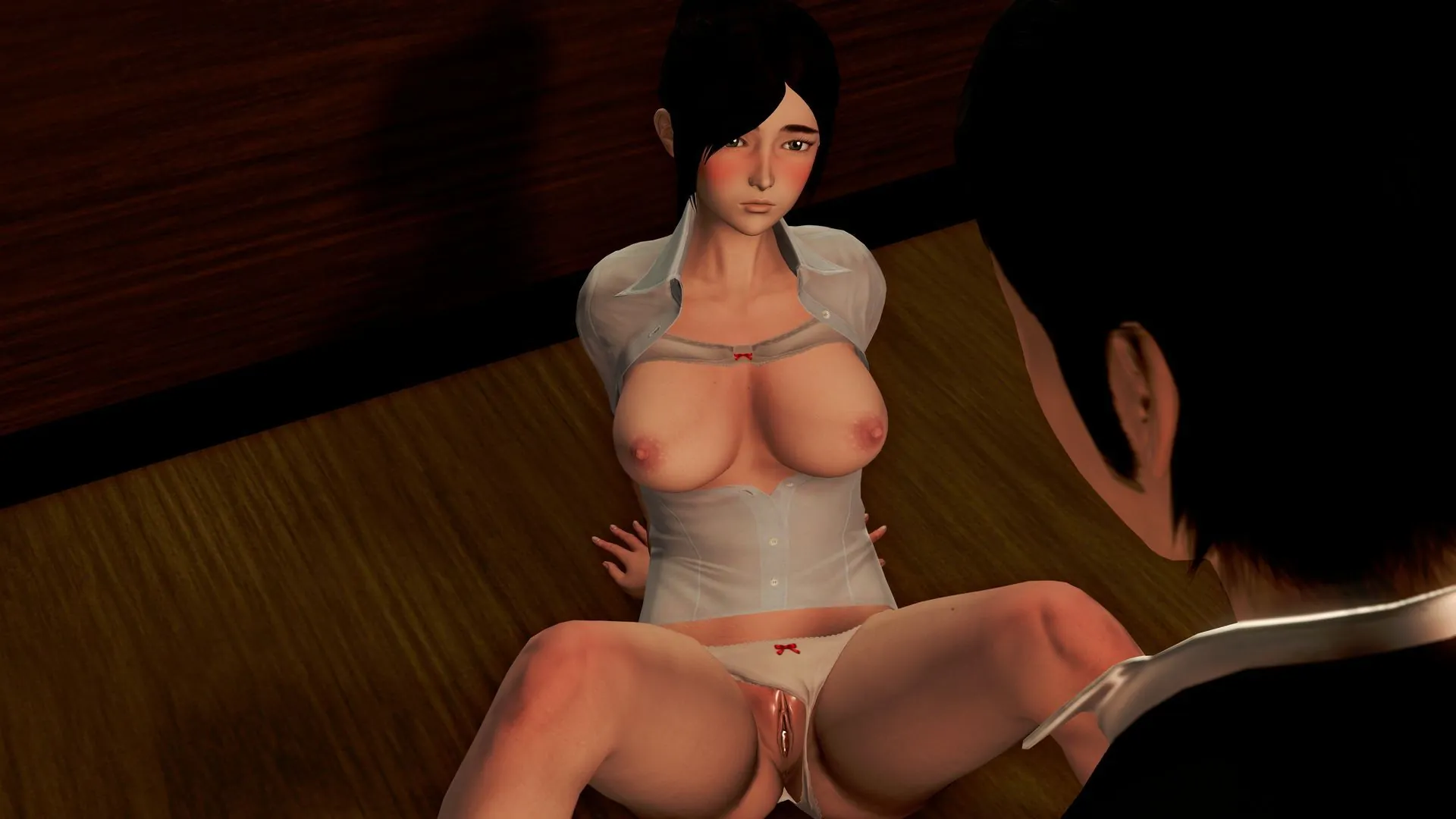
Play Returning to Mia
Returning to Mia review
Explore the story, gameplay, and unique features of Returning to Mia
Returning to Mia is a narrative-driven game that continues the story of a protagonist reunited with Mia, set two years after the original events. This game blends immersive storytelling with interactive elements, offering players a unique experience that builds on its predecessor. Whether you’re a returning player or new to the series, this guide will walk you through the key aspects of Returning to Mia, from its plot and characters to gameplay tips and what makes it stand out.
Understanding the Story and Characters in Returning to Mia
Let me tell you about the first time I finished the original game that preceded Returning to Mia. I sat there, controller in my hands, completely emotionally drained. That ending left me with so many questions, and for two years, I wondered, “What happened next?” 🤔 If you’ve ever felt that way about a story, then you already understand the powerful pull of this Returning to Mia sequel. It’s a journey back to a world and characters that feel strangely like home, even when they’re broken.
This chapter is your deep dive into the heart of the experience. We’re going to unpack the emotional Returning to Mia story, get to know the incredible Returning to Mia characters, and see how everything fits together on the Returning to Mia timeline. Get ready to explore the narrative that has captured so many hearts. 💖
### What is the premise of Returning to Mia?
So, what is Returning to Mia all about? At its core, this game is a profound exploration of memory, guilt, and the fragile process of healing. The Returning to Mia plot picks up two years after the haunting events of the first game. You once again step into the shoes of the protagonist, who is physically and emotionally scarred, trying to piece together a normal life.
The peace is shattered when a single, unexpected letter arrives, pulling you back to the remote, rain-swept coastal town where it all began. Mia, the enigmatic figure from your past, is there, and she needs your help. This isn’t a simple reunion; it’s a confrontation with the ghosts you both left behind. The Returning to Mia narrative masterfully builds on this premise, making you question everything you thought you knew. The central mystery of who is Mia in Returning to Mia becomes even more complex and compelling as new layers are peeled back. 🕵️♀️
My Tip: Don’t rush through the environmental storytelling. Read every note, examine every object in Mia’s old house. The developers hid crucial emotional clues in the smallest details, and they completely changed my understanding of the Returning to Mia story.
From a personal standpoint, the premise hit me harder than I expected. I remember starting the game and feeling that familiar sense of dread and anticipation. The game doesn’t let you forget the past; it uses it as the very foundation for this new chapter, making your emotional investment pay off in spades.
### Who are the main characters?
The soul of any great story is its characters, and the cast of Returning to Mia characters is nothing short of phenomenal. They are flawed, deeply human, and their interactions are filled with a painful, beautiful realism.
Let’s meet the key players who drive this emotional journey forward:
| Character | Description | Role in the Story |
|---|---|---|
| The Protagonist (You) | A survivor haunted by the events of two years ago, struggling with PTSD and a desperate need for closure. | You are the lens through which the story is experienced, making choices that shape your relationship with Mia and the outcome of the mystery. |
| Mia | The enigmatic woman at the heart of the mystery. She is more vulnerable yet also more secretive than ever before. | Mia is the catalyst. Her reappearance forces a reckoning with the past, and her true motives form the central mystery of the **Returning to Mia plot**. |
| Dr. Aris Thorne | A new character; a charismatic and controversial psychologist with a keen interest in your case. | He acts as a guide and a provocateur, often challenging your perception of events and pushing you toward uncomfortable truths. |
| Elijah | An old-timer and lifelong resident of the town. He knows more about the area’s history than he lets on. | He serves as the local lore-keeper, providing cryptic clues and warnings that help piece together the larger puzzle. |
Understanding the dynamics between these Returning to Mia characters is key. The relationship between you and Mia is the anchor. Is she a victim, a manipulator, or something in between? The game constantly plays with your perception, and your interactions with her feel genuinely impactful. I found myself pausing during dialogue choices, truly weighing the emotional consequences of my words. 🗣️💬
The supporting cast, like Dr. Thorne, isn’t just there for filler. They actively challenge the protagonist’s—and by extension, your own—understanding of the situation, adding rich layers to the Returning to Mia narrative.
### How does the story evolve from the first game?
As a direct sequel, Returning to Mia doesn’t just continue the story; it elevates and re-contextualizes it. The evolution is handled with a deft touch that respects the original while boldly moving forward. 🚀
The most significant evolution is the Returning to Mia timeline. The two-year gap is not just a narrative convenience; it’s a crucial character in itself. It has allowed time for wounds to fester, for memories to distort, and for new secrets to take root. The town itself has changed, with some locations abandoned and others rebuilt, serving as a physical metaphor for the characters’ attempts to move on.
The Returning to Mia story introduces several new plot elements that deepen the lore:
* A Tangible Legacy: The actions from the first game have direct, visible consequences. Characters remember what you did, and the town’s perception of you is shaped by your past choices.
* Deeper Psychological Exploration: The game delves much deeper into themes of trauma and unreliable memory. You’ll often find yourself questioning if what you’re seeing is real or a projection of the protagonist’s damaged psyche.
* Expanded Mysteries: Just when you think you understand the “what” and “why,” the Returning to Mia plot introduces new questions about the town’s history and the true nature of the phenomena you witnessed.
From my own experience, the moment the game presented me with a flashback that directly contradicted my memory of an event from the first game was a total gut-punch. It made me realize I wasn’t just playing a sequel; I was re-evaluating the entire original story. This is the genius of the Returning to Mia narrative—it makes your own memory a part of the puzzle.
Ultimately, the emotional core of this evolution is the changed relationship with Mia. The initial game’s dynamic is flipped, subverted, and deepened. You’re not just solving a mystery about her anymore; you’re navigating a complex, painful, and ultimately hopeful relationship with her. Figuring out who is Mia in Returning to Mia this time around is the journey, and it’s one that will stay with you long after the credits roll. 🌅
This sequel proves that some stories aren’t meant to be left behind. Returning to Mia is a masterclass in how to build upon a foundation to create something both familiar and brilliantly new, making the return trip more than worthwhile.
Returning to Mia offers a compelling continuation of its original story, combining engaging characters with interactive gameplay that responds to player choices. Whether you are drawn by the narrative depth or the gameplay mechanics, this game provides a rich experience worth exploring. Dive in with an open mind, make thoughtful decisions, and enjoy the journey with Mia. Ready to start your adventure? Jump into Returning to Mia and discover what awaits.





















